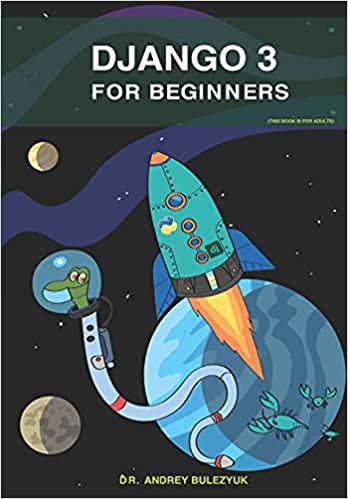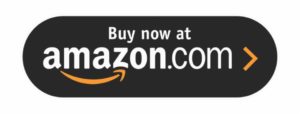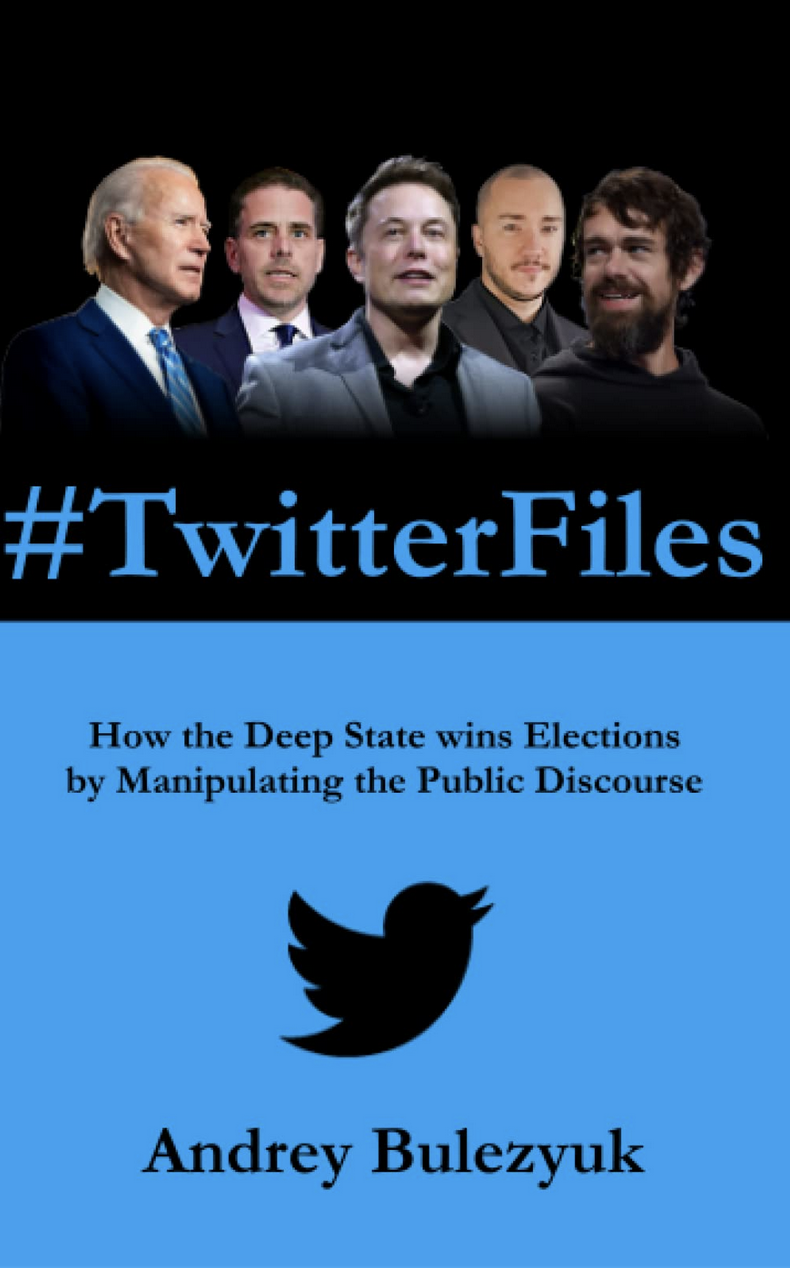- 1. The Overwhelming Inbox: Why I’m Cutting Back on Email Subscriptions
- 2. The Value Proposition: What Makes a Newsletter Worth My Time?
- 3. The Opt-Out Process: Why It Matters and How to Make It Easy
- 4. The Personal Touch: How to Build a Relationship with Your Audience Beyond the Newsletter
The Overwhelming Inbox: Why I’m Cutting Back on Email Subscriptions
As an IT specialist, my inbox is constantly flooded with emails from various sources. While newsletters can be a great way to stay informed and up-to-date on industry news, I’ve found that I simply can’t keep up with the sheer volume of emails I receive on a daily basis. It’s not just newsletters either – I’m bombarded with promotional emails, updates from social media platforms, and more.
In an effort to regain control of my inbox and reduce the amount of time I spend sifting through emails, I’ve made the decision to cut back on my email subscriptions. I’ve found that many newsletters simply regurgitate information that I can easily find elsewhere, and the value they provide doesn’t outweigh the time and effort it takes to read them.
That’s not to say that I’ve completely sworn off newsletters – I still subscribe to a select few that consistently provide valuable insights and information that I can’t find elsewhere. However, I’ve become much more discerning about which newsletters I choose to subscribe to, and I’m much quicker to unsubscribe from those that don’t meet my standards.
The Value Proposition: What Makes a Newsletter Worth My Time?
When it comes to newsletters, I’m looking for something that provides real value. This could be anything from exclusive insights and analysis to actionable tips and advice that I can apply to my work. I want to feel like I’m getting something out of the newsletter that I can’t find elsewhere.
Another important factor for me is the quality of the writing. A well-written newsletter that’s engaging and easy to read is much more likely to hold my attention than one that’s dry and full of jargon. I also appreciate newsletters that are visually appealing and well-designed, as this can make the content more enjoyable to consume.
Ultimately, the value proposition of a newsletter comes down to whether or not it’s meeting my needs as a reader. If I’m consistently finding value in the content and it’s helping me to stay informed and improve my work, then I’m much more likely to continue subscribing. However, if I feel like I’m not getting anything out of the newsletter or it’s become a chore to read, then I’ll quickly lose interest and unsubscribe.
The Opt-Out Process: Why It Matters and How to Make It Easy
As someone who’s been on the receiving end of countless unwanted emails, I can’t stress enough how important it is to make the opt-out process as easy as possible. Not only is it a legal requirement in many countries, but it’s also a matter of respect for your subscribers‘ time and attention.
One of the biggest frustrations I’ve encountered when trying to unsubscribe from a newsletter is a convoluted or unclear opt-out process. If it takes me more than a few clicks to unsubscribe, or if I have to jump through hoops to find the unsubscribe link, I’m much more likely to mark the email as spam or simply delete it without taking any action.
To make the opt-out process as easy as possible, it’s important to include a clear and prominent unsubscribe link in every email. This link should take the subscriber directly to a page where they can easily unsubscribe without having to provide any additional information. It’s also a good idea to include a brief survey or feedback form to gather insights on why the subscriber is choosing to unsubscribe, as this can help you to improve your newsletter in the future.
The Personal Touch: How to Build a Relationship with Your Audience Beyond the Newsletter
While newsletters can be a great way to stay in touch with your audience, they’re just one piece of the puzzle when it comes to building a relationship with your subscribers. To truly connect with your audience, it’s important to go beyond the newsletter and find other ways to engage with them.
One effective way to do this is through social media. By sharing valuable content and engaging with your followers on platforms like Twitter, LinkedIn, and Instagram, you can build a community around your brand and foster deeper connections with your audience.
Another way to build a relationship with your subscribers is through events and webinars. By hosting in-person or virtual events, you can provide your audience with valuable insights and networking opportunities, while also giving them a chance to connect with you and your team on a more personal level.
Ultimately, the key to building a relationship with your audience is to be authentic and consistent in your communication. By providing value, engaging with your subscribers, and showing that you care about their needs and interests, you can create a loyal following that will be eager to hear from you – both in your newsletter and beyond.








0 Comments